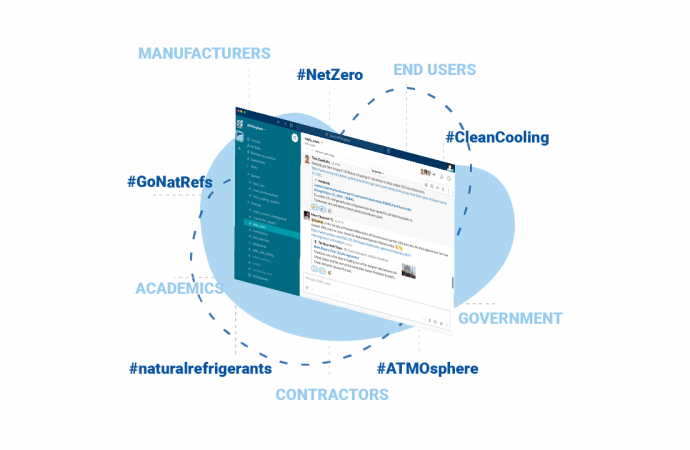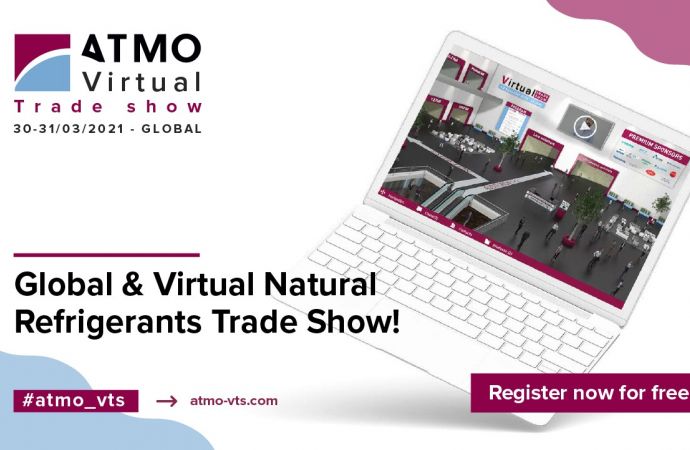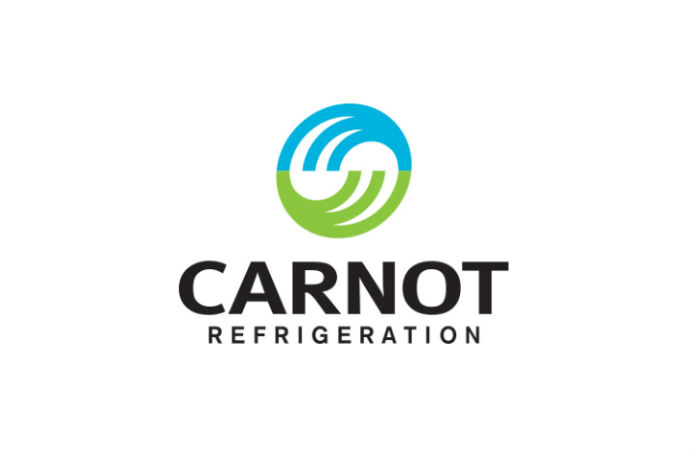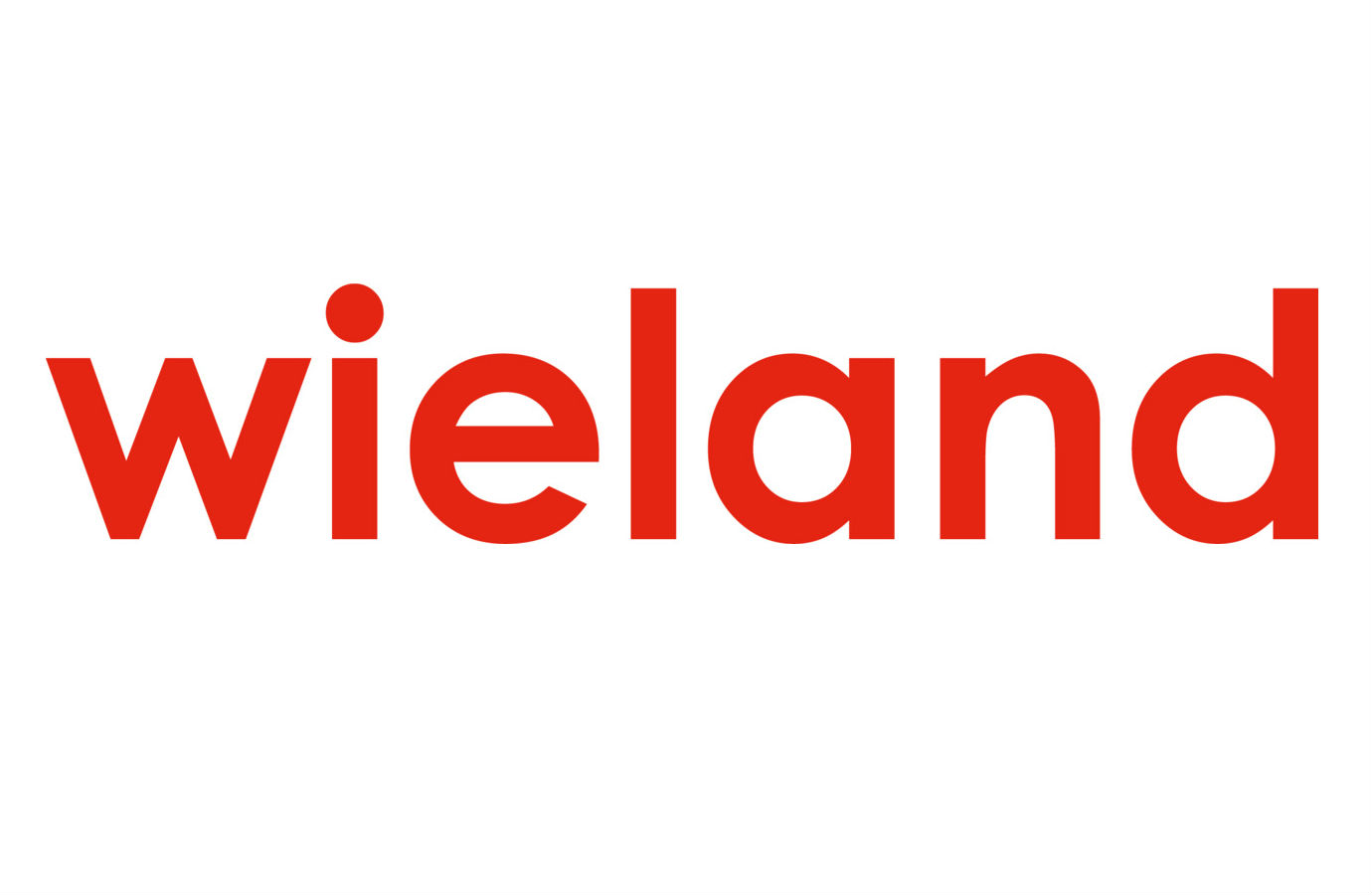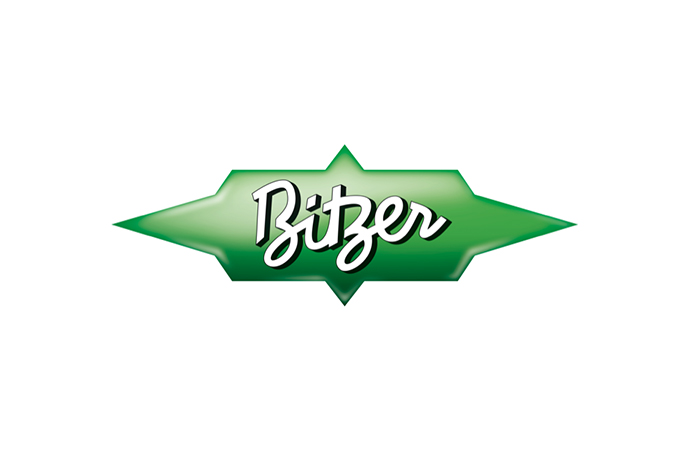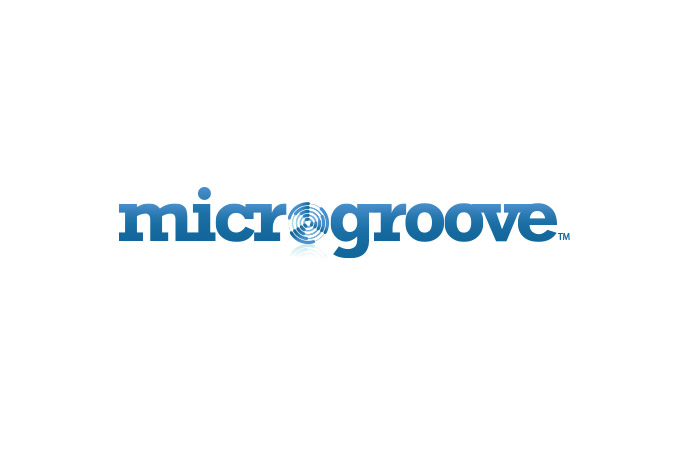As in previous years ATMOsphere America 2015, organised in Atlanta on 25-26 June, provided an opportunity to learn about the very latest technology developments. A series of technology case study sessions focused on industrial refrigeration, heat pumps, and new applications provided no shortage of evidence on the advantages of CO2 in applications beyond the world of commercial refrigeration.

Aquilon - CO2 transcritical cooling for data centres proves its worth at Bell Canada
As explained by Carnot Refrigeration CEO & Fo-founder Marc Andre Lesmerises, this means, "we see a lower energy consumption than what you see with comparable units on the market.”
Carnot’s Aquilon has won numerous awards, including the “ASHRAE Best of the Best – Prize in 2014.”
Residential CO2 heat pump water heaters from Sanden International USA
Although traditionally found in Japan, Sanden International USA plans to capitalise on the buoyant market for heat pumps in the U.S and introduce CO2 heat pump water heaters (HPWH) in North America. Sanden’s CO2 HPWH is a split system with no electric element, and has been tested in homes across the Northwest.
Field test results presented by Junya (Joe) Ichikawa, President, SANDEN Environmental Products Corporation, have revealed that the CO2 HPWH, which provides domestic hot water to any home in ambient temperatures down to -15°F (-26°C), is three times more efficient that electric resistance water heating and 40% more efficient in cold ambients than HFC refrigerants. The unit can produce over 135 galloons (511 litres) of hot water per day.
Water source CO2 hot water heat pumps from commercial applications from Mayekawa
Troy Davis, Energy Manager for Mayekawa USA MYCOM, presented on the lessons learned from two commercial installations of the company’s UNIMO CO2 heat pump water heaters. An installation at a winery facility with 25-40°F (-3.8- 4.4°C) propylene glycol/ water heat source and 194°F (90°C) hot water outlet achieved:
- A 24% reduction in overall energy costs
- A return on investment (ROI) of 3.4 years
- A 39% reduction in overall carbon emissions
A hotel installation with 44-54°F (6.6- 12.2°C) chilled water heat source and 194°F (90°C) hot water outlet achieved:
- A 22% reduction in overall energy costs
- A projected ROI of 4.2 years
- A 41% reduction in overall carbon emissions
In addition to the energy savings Davis emphasised the fact that a CO2 heat pump can combine a cooling function with a hot water heating function in one small package with simultaneous operation, increasing the COP of the overall cooling/hot water heating system.
Bitzer CO2 “industrommercial” – the blending of commercial and industrial solutions
Presenting on the blending of commercial and industrial solutions and the difference between the two, Application Engineering Manager at Bitzer U.S., Joe Sanchez explained that size is the key difference between commercial and industrial systems, but that there is some overlap on the load size, typical design saturated discharge temperatures, compression technology and capacity control. Other differences include:
- Load ratio: higher medium temperature versus higher lower temperature
- Piping: Copper versus steel
- System technology: direct expansion versus recirculation
- Compressor motor: semi-hermetic versus external
- Compressor units: racks versus packs
- Oil types: miscible versus non-miscible
Exchanging information and technologies between commercial and industrial will ensure natural refrigerant success,” said Sanchez.
Bitzer CO2 compressors for transcritical refrigeration have been applied to a U.S. cold storage facility in and NH3/CO2 system, expanding the benefits of CO2 refrigeration beyond the world of commercial refrigeration. The project enabled the cold store to take advantage of the benefits of CO2, such as its high volumetric capacity, the lack of shaft seals, parallel compression - which means redundancy, light weight piping, and little maintenance. A challenge for the project was managing the oil because there isn’t a natural way for the oil to come back to the compressors. Sanchez therefore recommends considering a DX heat exchanger for rectifying out the oil and a common oil separator with a reservoir.
New copper tubing technology used for CO2 gas coolers and evaporators
Yoram Shabtay from Heat Transfer Technologies, presented a look at the benefits of small diameter, 5mm inner-grooved tubes, currently widely in use in China, and in use in the U.S. in SandenVendo America’s CO2 vending machine. These low cost solutions provide a 50% reduction in tube and fin weight, a 50% reduction in internal volume and a 50% reduction in wall thickness. What is more, these smaller tubes allow for a lower refrigerant charge and a higher pressure.
K65 copper alloy tubing from Wieland
Bronze sponsors Wieland presented their K65 high strength copper alloy tubing, which is designed for high pressure ACR (air conditioning and refriegration) applications, ideal for those who use CO2 as a refrigerant. After K65’s success in Europe, Wieland is now in the process of commercialising this tubing in the U.S. in anticipation of the accelerated uptake of CO2 in the commercial refrigeration market. K65 is available in straight-length which is used for pipework in supermarkets or compressor racks with larger diameters and it is also available as a level-on coil, which is used for heat exchanger processes such as gas coolers but also high-pressure evaporators in the 60-80 bar range. K65 is currently awaiting UL207 certification but Wieland anticipates this will be finalised by September 2015.
RLS LLC’s braze-free press fittings and connections
Braze free connections have been around in the water industry for a long time, and have now been developed as a solution for refrigerants. By eliminating the need for brazing, flame-free press fittings may enhance the acceptance and adoption of natural refrigerants. According to the presentation by Michael Duggan, General Manager, RLS LLC, the pressed, hermetically sealed connections are much stronger than tubing because the metal-to-metal connection changes the grain structure of the metal. As a result the fittings provide a significantly reduced leak rate. Early adopters of the technology include system manufacturers in the U.S. and Mexico.
We have had phenomenal feedback and a few of you in the room are testing the technology - 25,000 connections joined without failure to date,” said Michael Duggan
Parker Sporlan, which is working to develop components that will be stubbed out for this connection technology, is currently marketing the fittings.
MORE INFORMATION
Related stories

